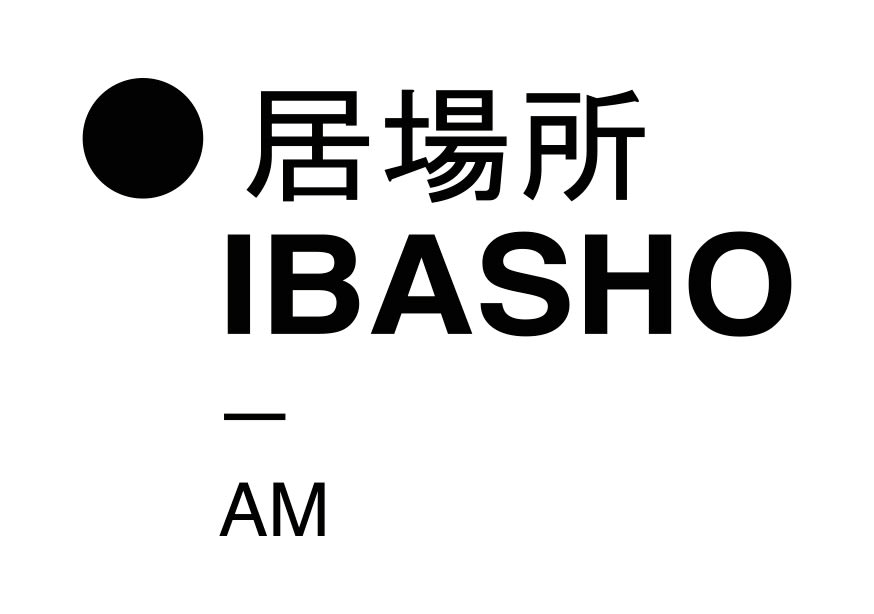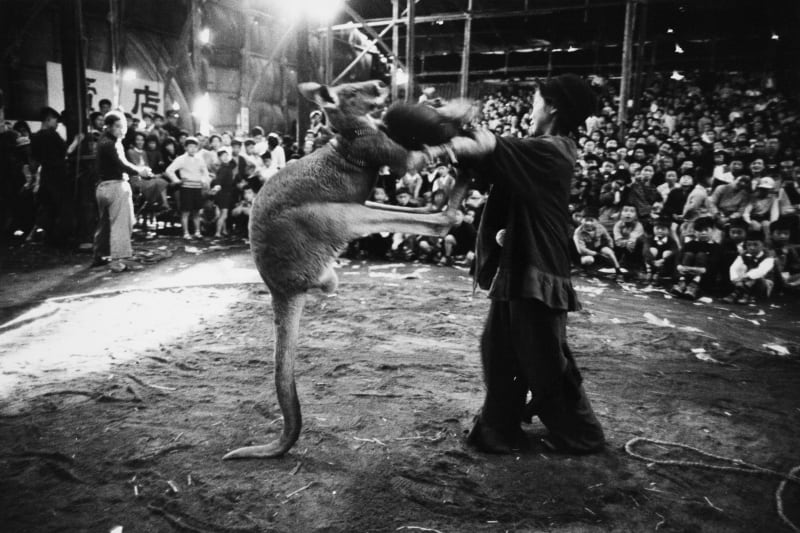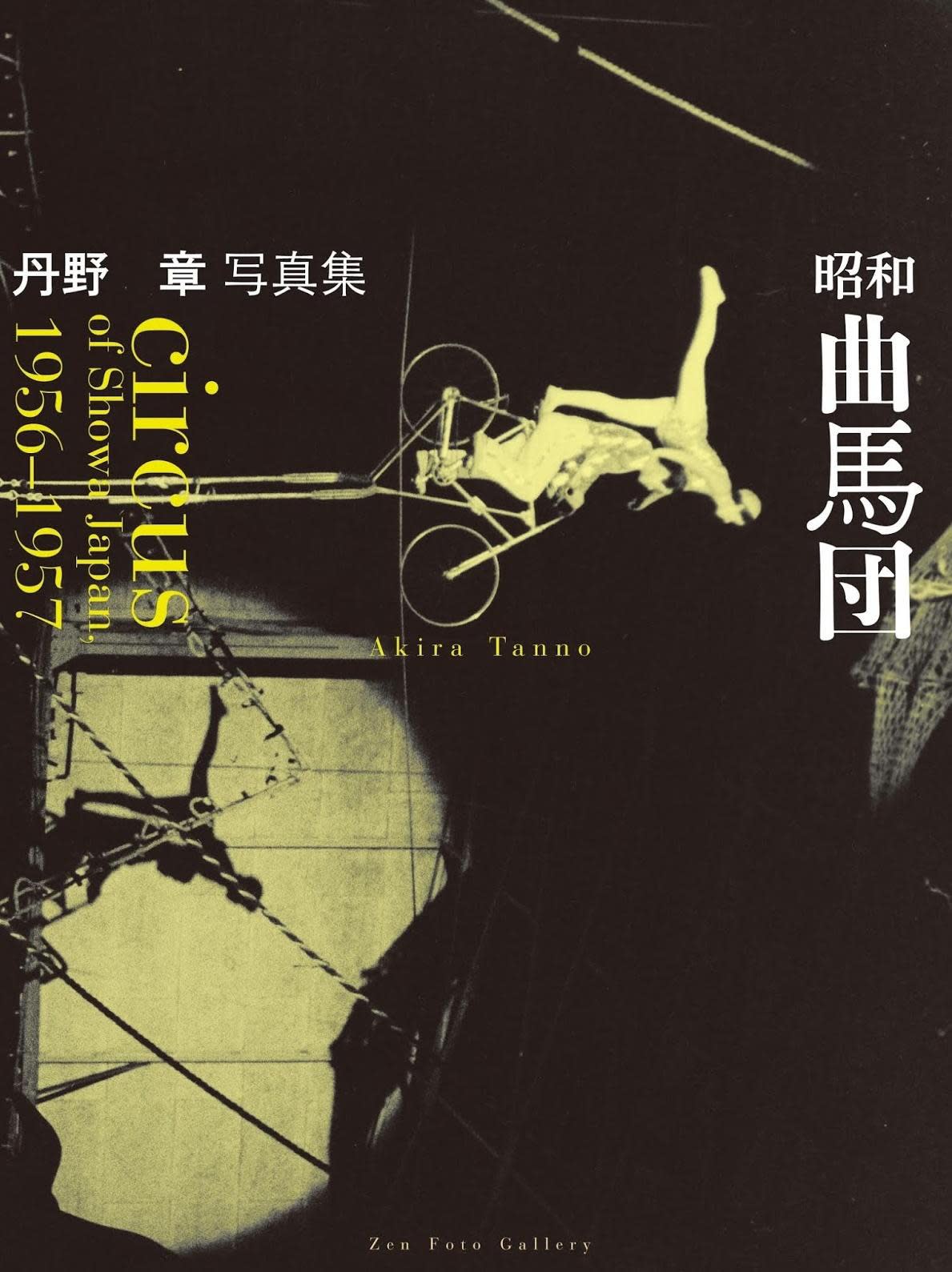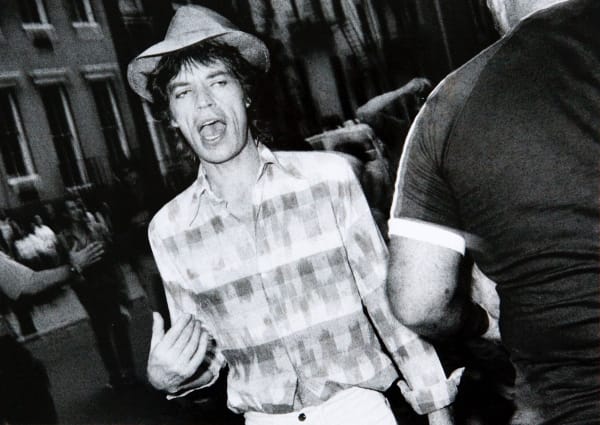Akira Tanno
Akira Tanno was born in 1925 in Tokyo, Japan. In 1949 he graduated from the Department of Photography, College of Art, Nihon University. From 1947 he worked in advertising photography as assistant to Eigo Ohno from the University, and in 1951 became a freelance photographer.
Since then his photographs of musicians on stage regularly appeared in the music magazine Ongaku-no-Tomo (Friends of Music). He started to take photographs of ballet and circus performers during this period. In 1957 he exhibited the “Circus” series in the first edition of the “Eyes of Ten” exhibition (Konishiroku Photo Gallery, Tokyo) organized by the art critic Tatsuo Fukushima.
In 1956 he established the photography agency VIVO along with Kikuji Kawada, Akira Sato, Shomei Tomatsu, Ikko Narahara and Eikoh Hosoe. The agency ran until 1961.
In 1962 he participated in the “NON” exhibition organized by Tatsuo Fukushima. He started to take photographs with his interest in socio-political issues during this time, including Okinawa, the US military bases, coal mines, and metropolitan pollution. In 1972 he established a photography competition “Shiten” (Perspective) as a project of the Japan Realist Photographers Association where he had run the administration office since 1972. In 1978 he participated in the “VIVO: Contemporary Photography” exhibition (Santa Barbara Museum of Art, USA). Alongside these photography activities, since 1956 he has put an enormous effort into establishing copyright for photographic works in Japan, which had hitherto been in a primitive state. In 1960 he initiated a copyright campaign on behalf of the Japan Professional Photographers Society, which made a significant contribution to the revision of the photography copyright laws in 1970. In 1982 he started “Antinuclear Photographers’ Action” for the abolition of nuclear weapon along with Shomei Tomatsu and other photographers. In 2013 with Takeyoshi Tanuma he developed the “Photographers Group for Study of the Constitution of Japan” that has gained many advocates and continued its activity up to today.
His solo-exhibitions include “Two Ballerinas” (Gekko Gallery, Tokyo, 1959), “Mino-Kyogen” (Canon Salon, Tokyo, 1975 and 1992), “The Post-War Japan Photographed by Akira Tanno” (Canon Gallery S, Tokyo, 2009), and “Heroes of the Underground” (Canon Gallery, Ginza, Sapporo, Fukuoka, 2013). His publications include Ballet: Bolshoi Theater in Tokyo (Ongaku no Tomo-Sha, 1958), Mibu-Kyogen (Koyo Shuppan-Sha, 1992), The World Ballet in Japan(Ongaku-no Tomo Sha, 1995), and Rights to Photograph (Hon-no Izumi Sha, 2009).
The ‘Circus’ series was shot in a short period of time towards the end of the 1950s. Within his long career it is of particular significance, representing the link between pre-war and post-war photography. So freely distinct from the major photographic movement of the time, the very personal and retrospective imagery helps us to see another aspect of post-war history.
-

#24 VIVO - EIKOH HOSOE, KIKUJI KAWADA, IKKO NARAHARA, AKIRA SATO, AKIRO TANNO, SHOMEI TOMATSU
7 Dec 2017 - 14 Jan 2018IBASHO proudly presents the exhibition VIVO, a group show with work by the founders of the renowned Japanese photographer’s collective VIVO, Eikoh Hosoe, Kikuji Kawada, Ikko Narahara, Akira Sato, Akira...Read more -

#12 Summer Exhibition 2016
7 Jul - 4 Sep 2016Our summer exhibition shows some highlights of exhibitions and fairs of the first half of 2016. The exhibition is only open by appointment. Please call us on +32473139328 or +32473139329,...Read more -

#11 THE GALLERY CLUB AND IBASHO PRESENT JAPANESE PHOTOGRAPHY
28 - 29 May 2016On Saturday May 28 and Sunday May 29 2016 The Gallery Club and IBASHO present Japanese Photography @ The Studio of Karen Knispel & Henk Drosterij, Binnen Dommersstraat 7, Amsterdam...Read more










